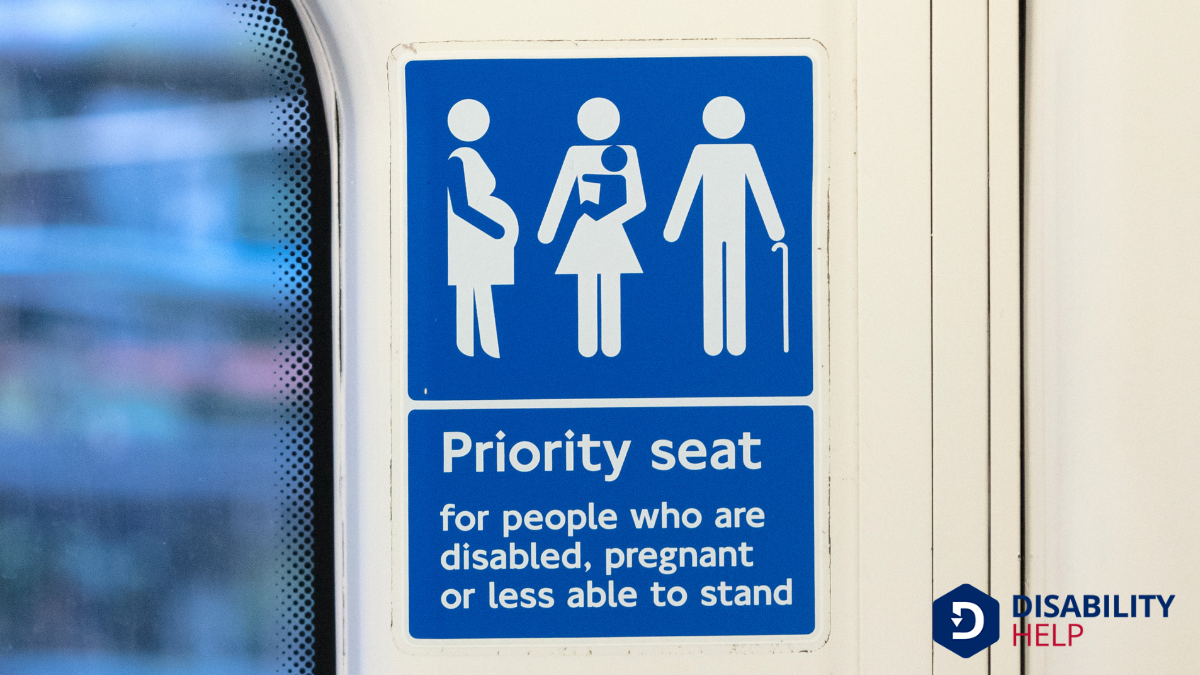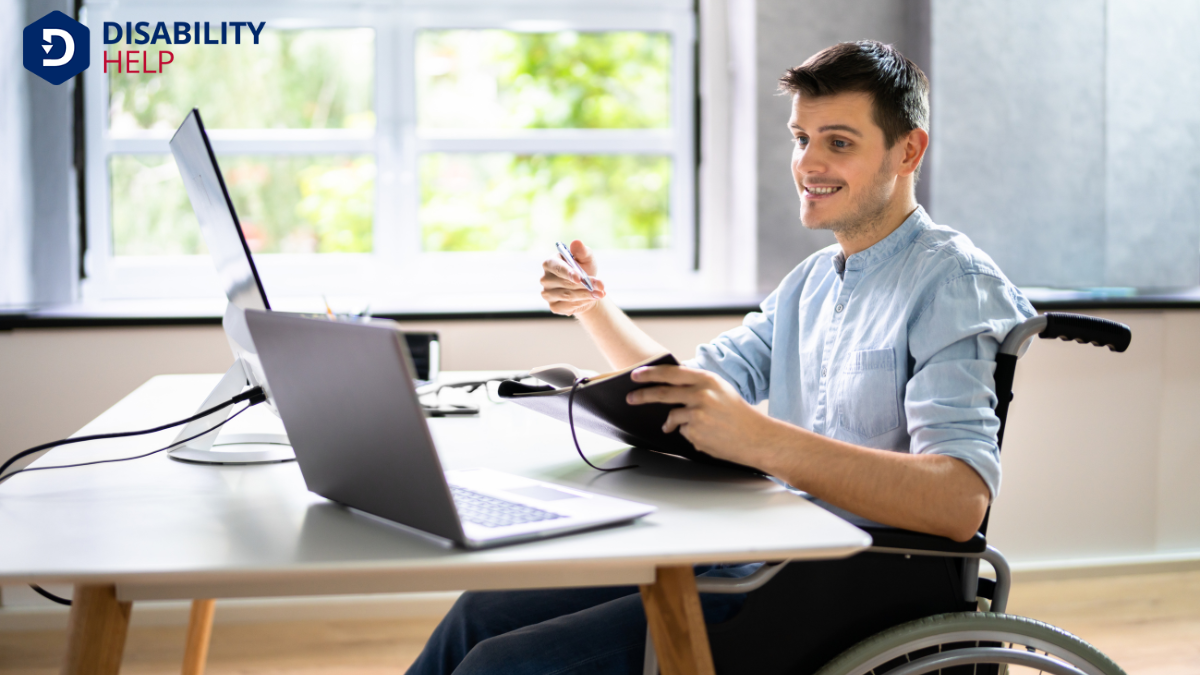When we think about accessible public transportation, we can't ignore the crucial role of the Americans with Disabilities Act (ADA)A U.S. law that prohibits discrimination against individuals with disabilities in all areas of publi.... This legislation guarantees that transit systems are inclusive and accessible to everyone. But how does it really work in practice? From ramps and lifts to staff training and service animals, many elements come into play. Let's explore how these measures impact daily travel for individuals with disabilities and the challenges they still face.
Key Takeaways
- The ADA mandates public transportation accessibilityThe design of products, devices, services, or environments to be usable by people with disabilities.... for people with disabilities, ensuring equal accessThe principle that all individuals, including those with disabilities, should have equal opportunity... and non-discrimination.
- Transit vehicles must include ramps, lifts, and securement spaces for wheelchairs, facilitating ease of boarding and travel.
- Audible and visual announcements are required to assist passengers with sensory impairments in navigating transit systems.
- Service animals must be accommodated, and transit staff must be trained to provide necessary assistance to individuals with disabilities.
- Community advocacyThe act of arguing in favor of, supporting, or defending the rights and interests of individuals or ... plays a crucial role in enforcing disability rightsThe legal and human rights afforded to individuals with disabilities, often the focus of advocacy an... and improving public transportation accessibility.
Understanding the Americans With Disabilities Act (ADA) in Public Transportation
When it comes to public transportation, understanding the Americans With Disabilities Act (ADA) is essential for guaranteeing accessibility and equality. The ADA is a landmark civil rightsThe rights of individuals to receive equal treatment under the law, including protection against dis... law that prohibits discrimination against individuals with disabilities. It requires us to ascertain that our transit systems are inclusive and accessible to everyone.
We must recognize the importance of this act in shaping how public transportation operates. The ADA mandates that public transportation facilities and vehicles be accessible, which means making certain people with disabilities can use them without barriers.
Key Accommodations Required by Transit Authorities

To guarantee equitable access to public transportation, transit authorities must implement key accommodationsModifications or adjustments in healthcare settings to support patients with disabilities. that address the diverse needs of individuals with disabilities.
We must make certain that buses and trains are equipped with ramps and lifts for easy boarding. Clear, audible, and visual announcements are essential for those with hearing or vision impairments. Prioritizing accessible seating is vital for passengers needing physical support. Additionally, service animals should be welcomed and accommodated, enhancing independence for many riders.
We also need to provide training for transit staff to understand how to assist passengers with disabilities effectively. This fosters a respectful and supportive travel environment.
Challenges Faced by Individuals With Disabilities in Transit
Despite significant progress in making public transportation more inclusive, individuals with disabilities still face notable challenges.
Physical barriers, like broken elevators or inaccessible platforms, can make commuting a formidable task. We often encounter inconsistent driver training, which leads to misunderstandings or a lack of assistance when it's most needed.
Additionally, complex navigation systems and unclear announcements can add confusion, especially for those with visual or hearing impairments.
Let’s not forget the overcrowded buses and trains, where securing a spot for wheelchairs or other mobility devices becomes an ordeal.
We also grapple with unreliable schedules, making timely travel difficult. These challenges remind us that while strides have been made, there's still work ahead to guarantee equitable access and ease of use for everyone in public transportation.
How to Advocate for Your Rights as a Passenger
Recognizing the challenges we face in public transportation, it's important that we actively advocate for our rights as passengers.
Let's start by familiarizing ourselves with the laws and policies that protect us. Understanding our rights gives us the confidence to assert them when necessary. We should document any incidents of non-compliance, noting details like time, place, and personnel involved. This information strengthens our case when we report issues to transit authorities.
Engaging in dialogue with transportation providers is essential. We can express concerns calmly and clearly, focusing on solutions.
Joining local advocacy groups amplifies our voice, providing collective strength. We should also share our experiences with others, raising awareness and encouraging a culture of inclusionThe practice of creating environments in which any individual or group can be and feel welcomed, res.... Together, we can push for positive change.
Available Resources and Support for Passengers With Disabilities

How can we better maneuver public transportation with the resources and support available to us as passengers with disabilities?
First, it's important to know what's out there. Many transit systems offer services and accommodations specifically designed to make our journeys smoother and more accessible.
- Accessible Information: Easily available maps and schedules in accessible formats, like braille or large print, can greatly aid our travel planning.
- Assistance Services: Many transit authorities provide assistance, such as help boarding or maneuvering at stations. We should inquire about and utilize these services.
- Priority Seating: Designated seating areas guarantee we've a safe and comfortable place while traveling.
Innovations and Technologies Improving Accessibility
Let's explore how wheelchair-accessible buses and real-time accessibility apps are transforming public transportation for those with disabilities.
With these innovations, we're seeing a significant boost in mobility and independence for passengers.
Wheelchair-Accessible Buses
While public transportation remains a cornerstone of urban mobility, it hasn't always been accessible for everyone, especially those using wheelchairs.
Fortunately, innovations in wheelchair-accessible buses have made significant strides in improving accessibility. These buses now feature technology that guarantees easier boarding and exiting. For instance, low-floor designs and hydraulic lifts have become standard in many transit systems, allowing for smoother shifts.
Let’s consider some key improvements:
- Ramp systems: Modern buses are equipped with deployable ramps, bridging the gap between the curb and the bus.
- Securement spaces: Designated areas with securement devices keep wheelchairs stable during transit.
- Audible announcements: These assist all passengers, especially those with visual impairments, by announcing stops and route information.
Together, these enhancements support equal access to public transportation for everyone.
Real-Time Accessibility Apps
Building on the advancements in wheelchair-accessible buses, we can also explore how technology is enhancing the accessibility experience through real-time apps. These innovations empower us to navigate public transportation more smoothly.
With apps providing real-time updates on bus and train accessibility features, we’re informed about elevator statuses, platform changes, and seating availability. This information helps us plan our journeys more efficiently.
Furthermore, these tools often offer step-by-step navigation, ensuring we’re aware of the best routes and accessible entrances. By integrating these apps into our daily commutes, we’re not only making our travel more convenient but also promoting inclusivity.
Embracing technology in this way bridges the gap between accessibility rights and practical implementation, making public transport a more seamless experience for everyone.
Real-Life Stories of Overcoming Transportation Barriers
Let's explore the inspiring personal journeys that highlight how individuals have overcome transportation barriers through determination and innovation.
These stories show us that while challenges exist, advancements in accessibility can transform lives.
Together, we'll see how technology and creative solutions make public transportation more inclusive for everyone.
Personal Journey to Accessibility
Maneuvering the world of public transportation with a disability often feels like a journey of resilienceThe ability of individuals with disabilities to cope with and adapt to challenges and adversity. and determination.
We've faced challenges that test our patience and creativity. Our stories reflect not just obstacles, but the triumphs we've achieved through sheer persistence. We've learned to adaptA grassroots disability rights organization in the U.S. that focuses on promoting community-based se..., advocate, and find solutions that work for us.
- Adapting to Barriers: We've become experts at maneuvering spaces that weren't designed with us in mind.
Each ride is a lesson in flexibility and resourcefulness.
- Advocating for Change: We voice our needs, pushing for improvements that make public transport more inclusive for everyone.
Our experiences fuel our drive to create better systems.
- Finding Solutions: Whether it's finding alternative routes or using assistive technology, we've discovered ways to make the journey smoother.
Our journey is ongoing, and our stories inspire change.
Innovations Breaking Transportation Barriers
Our journey towards accessible public transportation doesn't stop at personal adaptation; it evolves with innovations that break down barriers.
Imagine boarding a bus where the ramp extends smoothly, or hearing announcements that tailor to diverse needs. These aren't just dreams—they're realities shaped by technology and advocacy.
We’ve seen real-life stories where smart city designs and apps transform challenging commutes into empowering experiences. Take, for instance, the introduction of tactile paving and audible signals at intersections, which enhances safety for visually impaired individuals.
These changes didn’t happen overnight; they’re the result of relentless efforts by communities and innovators.
Together, we've the power to champion even more breakthroughs. Let's embrace these advancements and continue advocating for a world where everyone moves freely and confidently.
Frequently Asked Questions
What Are the Penalties for Public Transport Non-Compliance With Disability Rights?
We face penalties like fines and legal actions if public transport doesn't comply with disability rights. It's essential for everyone to guarantee accessibility standards are met, so let's hold systems accountable and advocate for inclusive transit solutions.
How Can I File a Complaint Against Non-Accessible Transportation Services?
Let's file a complaint together. First, gather details about the incident, then contact the transportation service directly. If unresolved, reach out to the Department of Transportation or relevant local authorities to guarantee your voice is heard.
Are Service Animals Allowed on All Forms of Public Transportation?
Service animals are generally allowed on all forms of public transportation. Together, we guarantee they accompany individuals with disabilities. If you encounter issues, let's report it to the transportation authority to uphold accessibility and inclusion standards.
What Is the Process for Requesting Special Assistance at Transit Stations?
We contact the transit station in advance, either online or by phone, to request special assistance. It's important to specify our needs clearly so they can prepare the necessary accommodations for a smooth and accessible journey.
How Do I Verify if a Transit System Meets ADA Requirements?
Let's guarantee a transit system meets ADA requirements by reviewing its compliance documentation, contacting its customer service, and checking if its facilities are accessible. We can also consult local advocacy groups for insights and verification.
Conclusion
In traversing public transportation, we must all recognize the essential role disability rights play in fostering an inclusive environment. By understanding the ADA's mandates and advocating for necessary accommodations, we can help guarantee that everyone, regardless of ability, travels with dignity and ease. Let's embrace innovations that enhance accessibility and learn from those who've overcome barriers. Together, we can create a more equitable transit system that truly serves all members of our community.






